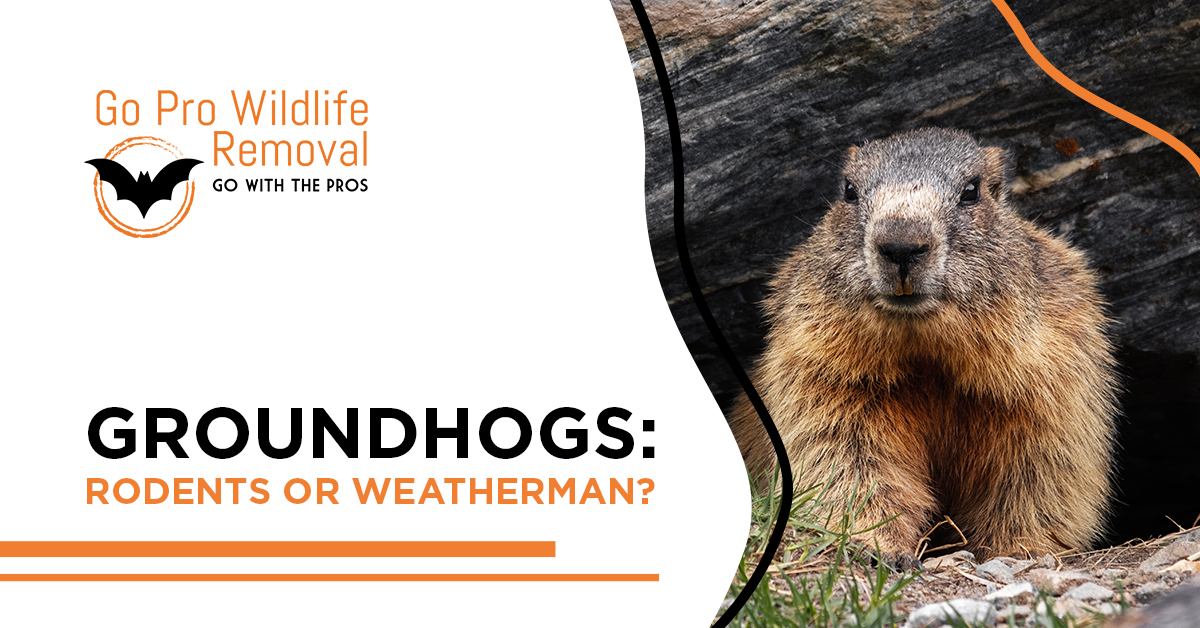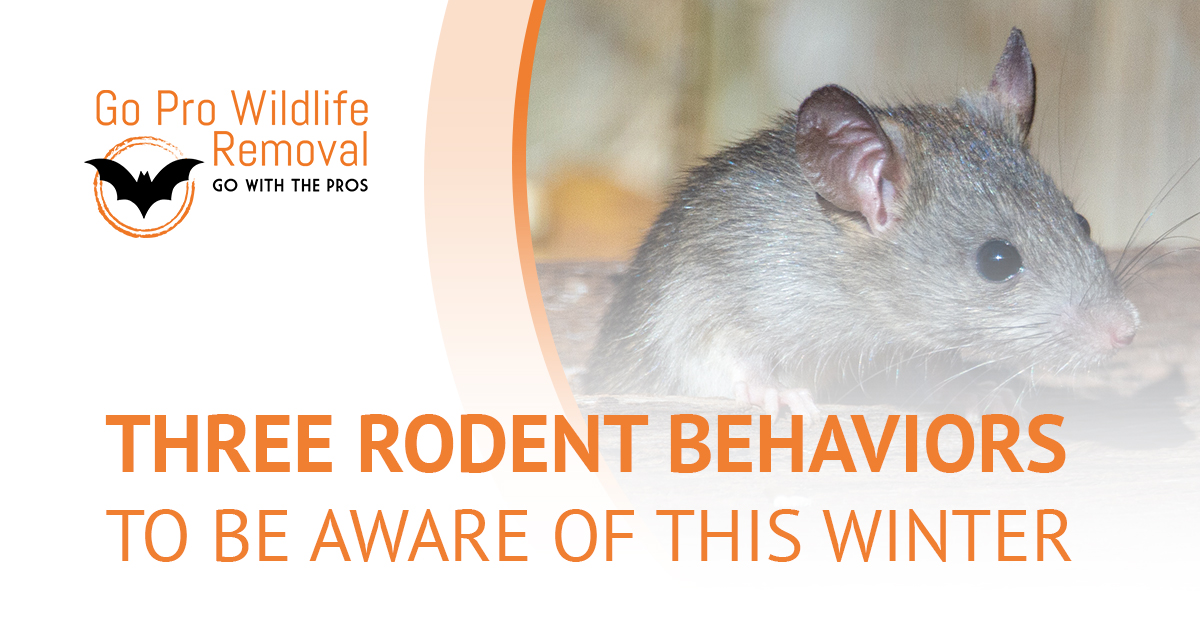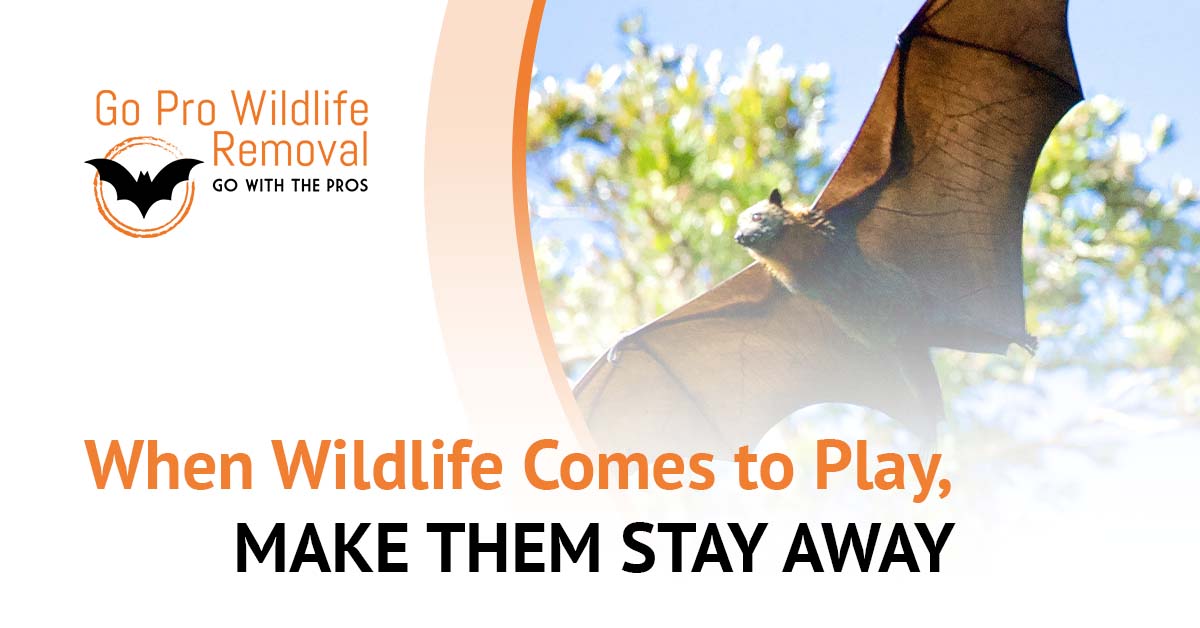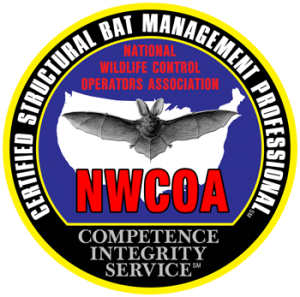by TRINDGROUP
Share
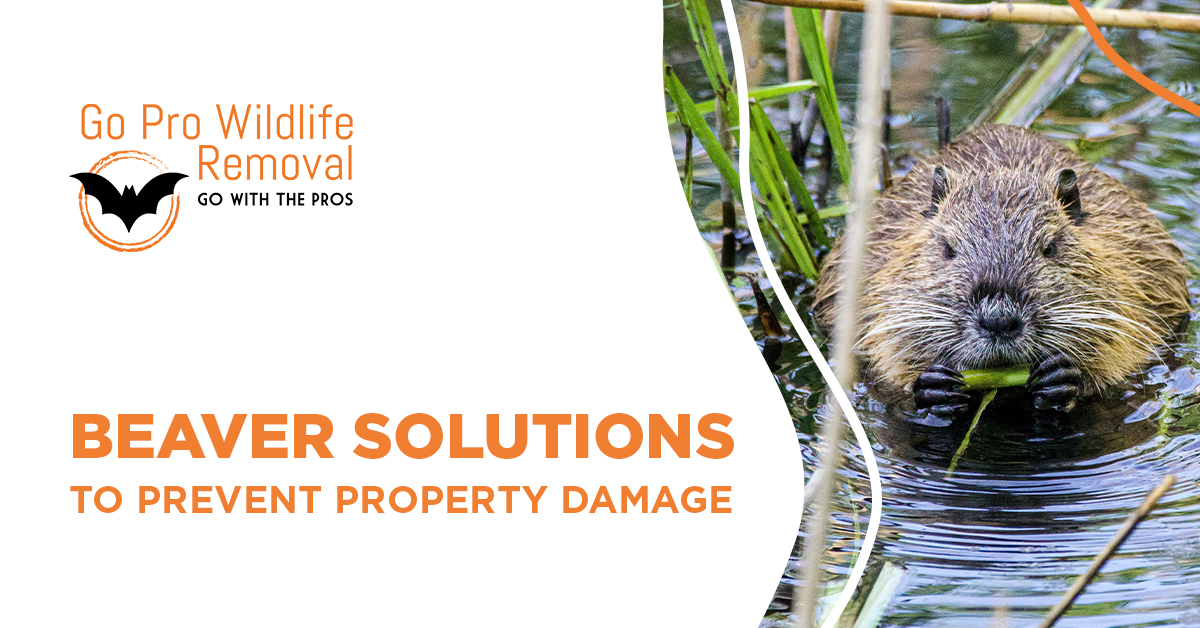
Beavers, known as North America’s largest rodent, know a thing or two about destruction. While you won’t find them hiding in your attic or eating your drywall, they do know how to cause damage to the land outside of your home.
Beavers live in bodies of water including ponds, lakes, rivers and other wetland areas. They are found throughout North America, excluding certain dry areas in California, Nevada, Utah and Arizona. Beavers are easily identifiable by their large, round bodies and paddle shaped tails. According to the Alabama Cooperative Extension System, beavers have a territorial behavior and they are constantly looking for new home sites. In late winter or early spring, the parents force out juveniles to recolonize elsewhere. Most juveniles travel between one and three and one-half miles to find a suitable home site. Depending on the region and quality of habitat, beaver reside in colonies averaging four to eight individuals, and territories range from twenty to forty acres.
If beavers have invaded your property, there are a few key signs that could help identify their presence. You may notice gnawed branches, fallen trees or piles of wood. It’s important to act quickly before they cause extensive damage to your property. Go Pro Wildlife offers several humane and safe solutions for managing pesky beavers.
Culvert Fencing
One solution Go Pro Wildlife offers implements is culvert fencing to prevent flooding. Beavers are known to build dams next to culverts because it takes little work to block the culvert. When culverts are blocked, the entire roadbed becomes a dam, which can lead to serious flooding and damage. This type of flooding can be expensive to repair and cause safety issues.
To keep beavers from being able to block the culvert, Go Pro Wildlife installs a long, durable fence around the culvert. The fence is built in a trapezoidal shape and is typically longer than 40 feet, which makes it difficult for the beaver to dam. Culvert fencing can be a very effective and affordable method of preventing flood damage by beavers.
Tree Wrapping
A second solution often implemented is the wrapping of trees to protect them from beavers. Trees are a main food source and building material for beavers. While beavers do not climb trees, they can still cause extensive damage by gnawing and chopping down both small and large trees. In fact, according to the Adirondack Ecological Center, beavers can topple a tree in a matter of minutes.
To keep your trees from being damaged by beavers, Go Pro Wildlife Removal can install a few different tree protection options. Depending on the number of trees on your property, one option includes building a fence around the base of individual or multiple trees. The fence can be made of wire fencing or corrugated plastic pipe. This type of tree protection is 100% effective and does not harm the environment or the beaver. This will make the area less attractive to the beaver and they are more likely to move.
Another tree protection option is painting the bottom of tree trunks. The paint is a mixture of exterior latex paint and sand, which is an unpleasant texture for the beaver. This discourages gnawing and chopping from the beaver and reduces damage. This option is perfect for those who prefer to not have fences around their trees, or the trees are located in an area where fencing might be intrusive.
Pond Leveling
A third solution is the installment of a pond leveling devices. This type of solution involves installing a pipe through the beaver dam to lower the water level behind a dam and reduce the area of impounded water. The pipe creates a permanent and undetectable leak through the beaver dam that the beavers cannot stop. Placement and water level is key for this device to work properly.
Lowering a beaver pond is generally not a problem and can be done relatively quick.
This type of solution requires little maintenance and can last many years. To make sure this solution remains effective, our team of professionals must handle the installment process.
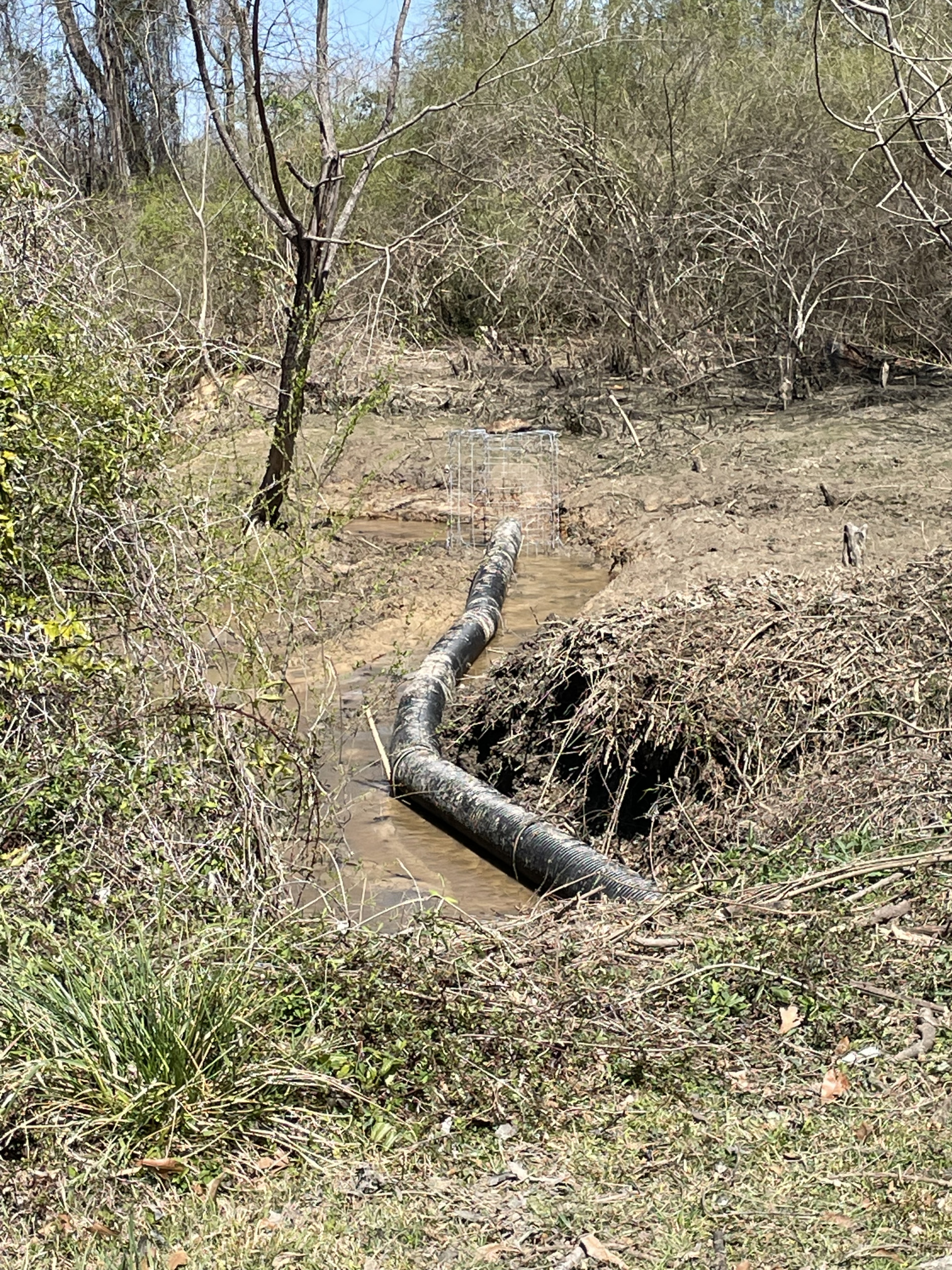
While culvert fencing, tree wrapping and pond leveling devices are three of the most common and effective methods of preventing beaver destruction, Go Pro Wildlife can offer other removal and preventive methods to meet your needs. It’s important to note that beavers can attack humans if they feel trapped or threatened, so it’s crucial to let wildlife professionals handle the removal process.
Go Pro Wildlife Removal is an experienced and knowledgeable team ready to help with the identification or removal of unwanted guests. We have the necessary tools and resources to protect your home and implement beaver control or exclusion options. To learn more about services or request a free inspection, give us a call at (334) 744-0391.
There is a Snake in my House. Now What?
Finding a snake in your home can be scary, but there are safe, effective steps you can take. Discover what steps to take if you encounter a snake in your home, including how to stay calm, identify potential danger, know when to call a professional, and prevent further intrusion.
There is a Snake in my House. Now What?
Finding a snake in your home can be scary, but there are safe, effective steps you can take. Discover what steps to take if you encounter a snake in your home, including how to stay calm, identify potential danger, know when to call a professional, and prevent further intrusion.
Feeding Wildlife Responsibly – Breaking Down the Do’s and Don’ts
Feeding wildlife responsibly can protect both the animals and the natural environments that they rely on.
The Difference Between Temporary and Lasting Wildlife Solutions
When animals enter your home or business there are two main solutions: Critter getters or Wildlife Removal. While both may seem like practical options, understanding the difference between the two will help you make the best decision for a long-term solution.
Protect Your Pets and Property from Avian Influenza
Avian Influenza, also known as Bird Flu, is a virus that spreads by birds, but can infect domestic pets, cattle and in some cases, humans. Read to learn more about the prevention and control of this virus.
Backyard Chickens: Helpful or Hurtful?
Although chickens can be a great addition to your backyard, they can pose challenges in more ways than one. The attraction of having a fresh supply of eggs just steps away from your door is more tempting than ever, especially with the rising cost of eggs. Plus, they can be a fantastic way to reduce food waste by eating your scraps and even help keep your backyard bug population down.
Contact Info
Service Areas: Contact Go Pro today! We offer wildlife removal solutions in Auburn, Opelika, Lake Martin, Valley, Montgomery, AL and Columbus, GA areas.
Phone: (334) 744-0391
Hours: Open 9:00 am – 5:00 pm
Each February we celebrate the Groundhog and while they are good at many things (historically weather is not one of them, sorry Punxsutawney Phil) they are experts at causing damage to your home’s foundation and your property.
It’s a common misconception that when colder, winter months roll around, rodents go into hibernation.
Squirrels, unlike most wildlife, are not shy. This causes them to be extremely adaptable to many environments.
Imagine a mouse scurrying across your kitchen floor. You call a wildlife removal professional to kick it to the curb, but, a week later, you spot another mouse making itself at home.



